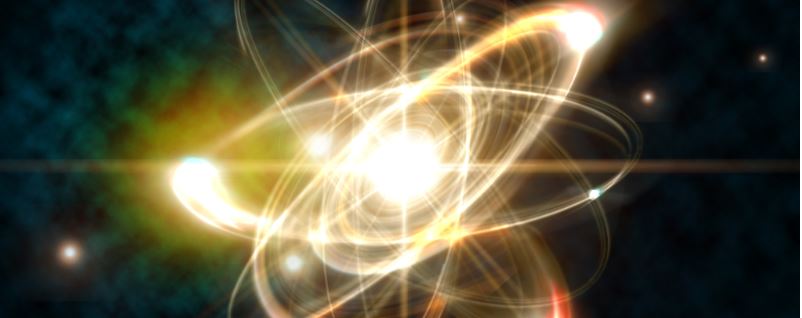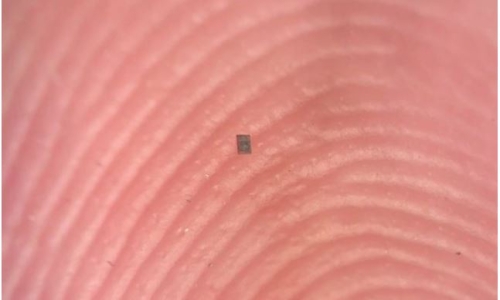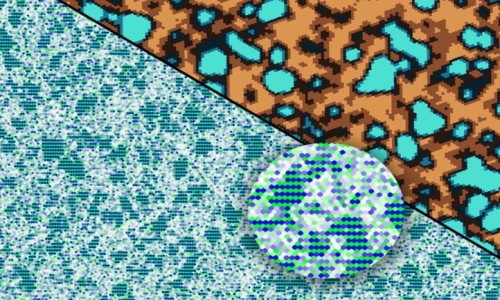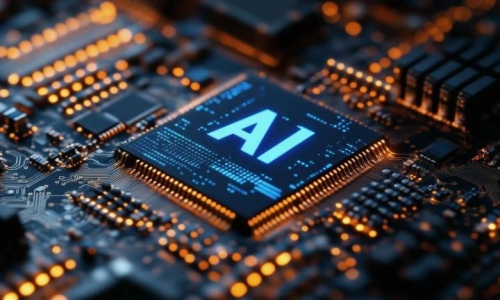


 2:16:52
2:16:52  2024-11-04
2024-11-04  875
875

The word atom comes from Latin for indivisible. But don't let the name fool you.
A simulation by US theoretical physicists has provided the first fully microscopic characterization of the moment an atom snips in two, revealing fresh insights into an energetic event that came to define a new age in science and technology.
In 1938, we discovered just how much of a misnomer that one tiny word is when physicists Otto Hahn, Lise Meitner, and Fritz Strassmann showed how uranium nuclei split in two when shot with neutrons.
Decades later, despite its utilization in war, power, medicine, and scientific investigation, nuclear fission is slow in giving up its secrets.
Beyond the simplistic models of protons and neutrons clustered together like gumballs in a dispenser, the nucleus of a massive atom is a wild tempest of quantum activity.
Understanding how individual nucleons behave and interact with one another is challenging enough for atoms quietly sitting by their lonesome, let alone those undergoing significant transformations.
To make it a touch easier to follow, theoretical physicists from Los Alamos National Laboratory and the University of Washington (UW) break the fission process down into four steps.
In the first 10-14 seconds (give or take), the introduction of a slow-moving neutron forces the nucleus to bulge and rearrange itself in what's described as a saddle point, making the atom look a little like a tiny peanut shell.
This is quickly followed by a far more rapid shift, referred to as saddle-to-scission, where the fragments of the fission process are established. This lasts around 5×10-21 seconds.
Step three is even faster again, transforming in a relative blink of 10-22 seconds. In what's called the scission, or neck rupture, the nucleus officially breaks apart.
In the final step, which takes a lazy 10-18 seconds to unfold, the fission fragments pull themselves into shape and accelerate away, releasing neutrons and gamma rays and potentially generating other decay processes after a brief delay.
More than one theory describes the precise migration of sub-atomic particles from peanut to pop, though in many cases experimental results either contradict basic assumptions on physics, or run afoul of 'microscopic' modeling of the interactions between individual protons and neutrons.
Based on a framework developed by lead author UW physicist Aurel Bulgac, the quantum many-body simulation is the most accurate depiction yet of exactly what to expect at the very moment of scission, when the bridge linking the two halves of a large atomic nucleus pinches in and separates.
The calculations on uranium-238, plutonium‑240, and californium-252 under different starting conditions commanded extensive use of the US Department of Energy's Oak Ridge National Laboratory's supercomputer.
"This is probably the most precise and most carefully obtained theoretical description of neck rupture, without any assumptions and simplification," says Bulgac.
"We have a very specific prediction, which until now didn't exist. Previous theories were always based on, 'Let's assume that this is happening, and if it's happening, then this probably is going to be seen.' We didn't do that. We simply put in the equations of motions known for many decades in nuclear physics with high precision, plus quantum mechanics, nothing else."
The simulation revealed a few surprises in the fission process. Where some models had predicted a generous dusting of quantum randomness in the neck rupture process, the team's model identified a clear 'wrinkle' in the density of subatomic particles that preceded the appearance of the scission point.
There was also an apparent distinction in the timing of division between the two types of nucleons, with the proton neck completing its break before the neutron neck.
Crucially, the simulation confirmed contentious proposals of a release of highly energetic neutrons during the scission stage, with the model going so far as to predict their energies, angular distribution, and even directions of escape.
"Most experiments look for them in the direction of the motion of the fission fragments, and they couldn't distinguish the scission neutrons there because most of them were thermal neutrons emitted by the hot fragments," Bulgac says.
With predictions in hand, the next step is to see if experimentation backs up these latest revelations on how the 'indivisible' atom splits in two.
Reality Of Islam |
|

A tiny robo

By applying

Stanford, C

A new study
 9:3:43
9:3:43
 2018-11-05
2018-11-05
10 benefits of Marriage in Islam
 7:5:22
7:5:22
 2019-04-08
2019-04-08
benefits of reciting surat yunus, hud &
 9:45:7
9:45:7
 2018-12-24
2018-12-24
advantages & disadvantages of divorce
 11:35:12
11:35:12
 2018-06-10
2018-06-10
 6:0:51
6:0:51
 2018-10-16
2018-10-16
 11:2:27
11:2:27
 2022-10-06
2022-10-06
 3:18:29
3:18:29
 2022-12-24
2022-12-24
 10:43:56
10:43:56
 2022-06-22
2022-06-22
a hero waters thirsty wild animals
 9:4:9
9:4:9
 2022-01-06
2022-01-06
 12:47:1
12:47:1
 2022-12-20
2022-12-20
 5:57:34
5:57:34
 2023-03-18
2023-03-18
 8:21:9
8:21:9
 2018-06-21
2018-06-21
 5:41:46
5:41:46
 2023-03-18
2023-03-18
| LATEST |